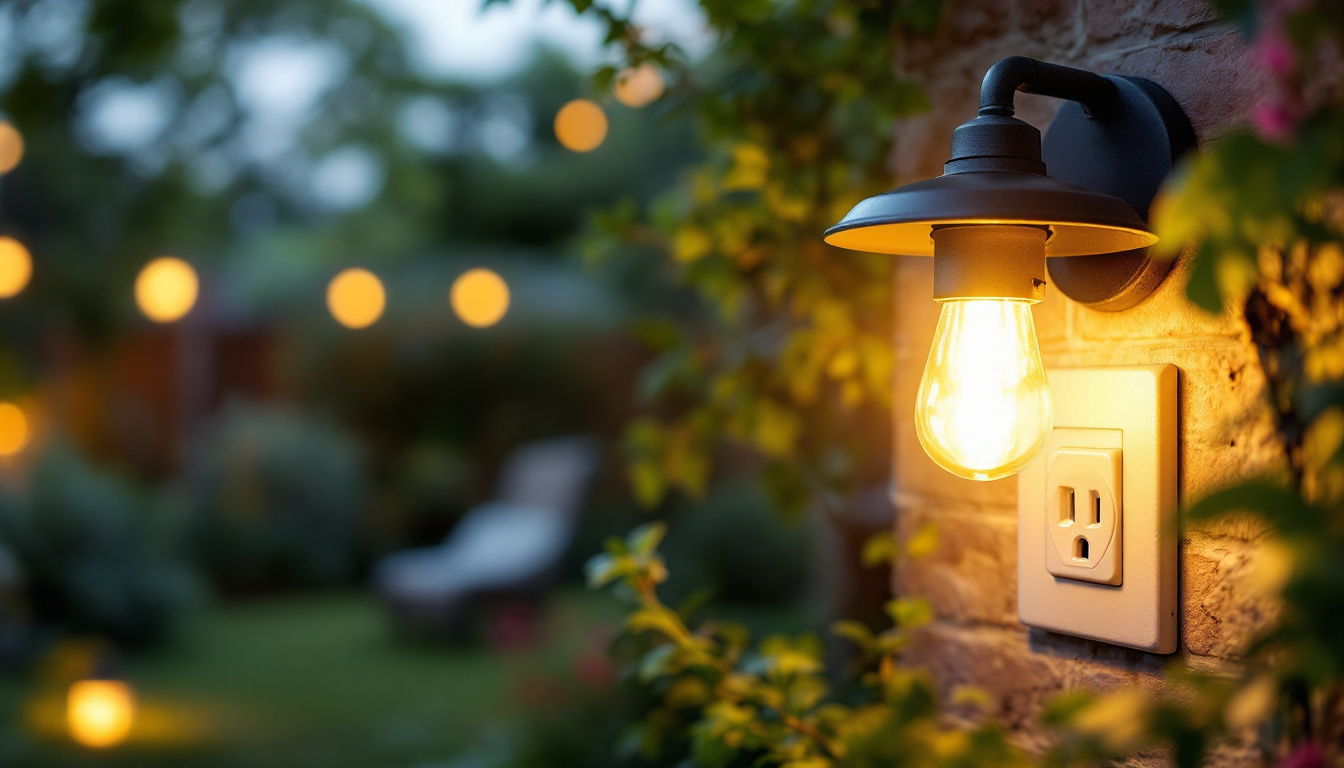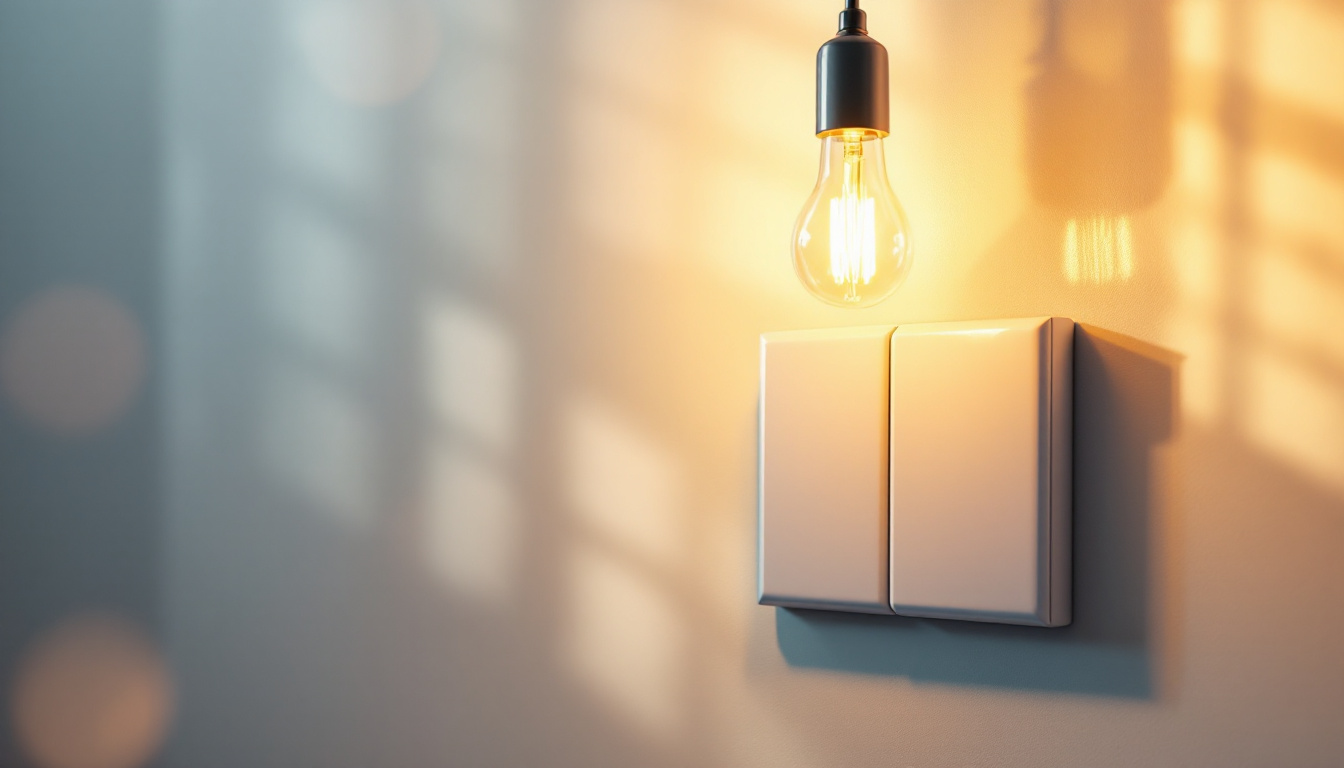
The fluorescent light bulb is a staple in modern lighting solutions, widely used in commercial, industrial, and residential settings. Understanding its origins can provide valuable insights for lighting contractors, especially when it comes to troubleshooting and optimizing installations. This article delves into the invention of the fluorescent light bulb and offers practical advice for contractors to avoid common issues during installation and maintenance.
The journey of the fluorescent light bulb began with a quest for more efficient lighting solutions. Traditional incandescent bulbs, while innovative in their time, were limited by their energy consumption and short lifespan. The search for alternatives led to the development of the fluorescent bulb, which utilizes a different principle of light generation.
Several inventors contributed to the development of fluorescent lighting. The concept of fluorescence itself dates back to the early studies of luminescence, where certain materials emit light when exposed to ultraviolet radiation. Building on these principles, various inventors experimented with gas-filled tubes and phosphor coatings to create a more efficient light source.
Among the notable figures in this field was an inventor who worked on the design of gas discharge lamps. His innovations laid the groundwork for the modern fluorescent bulb, which uses a low-pressure mercury vapor to produce ultraviolet light. This light then excites a phosphor coating inside the bulb, resulting in visible light. The collaboration of these inventors and scientists ultimately led to the commercial production of fluorescent light bulbs.
One of the key breakthroughs in this journey was the introduction of the first commercially viable fluorescent lamp by General Electric in the 1930s. This lamp was not only more energy-efficient than its incandescent counterparts but also offered a brighter and more diffuse light, making it ideal for both industrial and commercial settings. The adoption of fluorescent lighting in office buildings and factories marked a significant shift in how spaces were illuminated, paving the way for the modern lighting landscape we see today.
As the technology evolved, fluorescent bulbs became more compact and efficient. The introduction of the compact fluorescent lamp (CFL) revolutionized the market, making it easier to replace traditional incandescent bulbs in a variety of fixtures. This evolution not only improved energy efficiency but also expanded the applications of fluorescent lighting in homes and businesses.
Today, fluorescent lighting remains a popular choice due to its longevity and energy efficiency. However, understanding its history can help lighting contractors appreciate the complexities involved in its installation and maintenance. Moreover, the environmental implications of fluorescent bulbs, particularly concerning the mercury content, have led to ongoing discussions about recycling and safe disposal practices. As technology continues to advance, newer alternatives like LED lighting are emerging, yet the fluorescent bulb’s role in the evolution of lighting technology is undeniable, serving as a bridge between the incandescent era and the modern age of energy-efficient solutions.
While fluorescent lighting offers numerous advantages, it is not without its challenges. Lighting contractors often encounter specific issues that can affect the performance and longevity of fluorescent fixtures. Being aware of these potential problems can help contractors provide better service and avoid costly mistakes.
One of the most common issues with fluorescent lighting is flickering. This can be caused by a variety of factors, including faulty ballasts, poor connections, or aging bulbs. Flickering not only affects the ambiance of a space but can also lead to premature bulb failure.
To address flickering, contractors should first check the ballast, which regulates the electrical current to the bulb. If the ballast is outdated or malfunctioning, replacing it can often resolve the issue. Additionally, ensuring that all connections are secure and that the bulbs are properly seated in their sockets can help eliminate flickering. In some cases, flickering may also be exacerbated by voltage fluctuations in the electrical supply, making it essential for contractors to assess the overall electrical system as well.
Another challenge that lighting contractors may face is color rendering issues. Fluorescent bulbs can vary significantly in their color temperature and rendering capabilities. This can lead to spaces appearing too harsh or too warm, which may not be suitable for certain applications.
Contractors should pay attention to the Color Rendering Index (CRI) of the bulbs they choose. A higher CRI indicates better color accuracy, which is particularly important in settings such as retail environments or art galleries. By selecting the right bulbs for the intended application, contractors can ensure that the lighting enhances the overall aesthetic of the space. Furthermore, it is beneficial for contractors to educate their clients about the differences between warm and cool color temperatures, as this knowledge can guide them in making informed decisions that align with the desired atmosphere of their projects.
Temperature sensitivity is another significant issue that can affect fluorescent lighting performance. Fluorescent bulbs can be particularly sensitive to extreme temperatures, which may lead to reduced efficiency or even failure. In colder environments, for example, the light output may diminish, resulting in dimmer lighting that can impact visibility and safety.
To mitigate temperature-related issues, contractors should consider the installation location and the specific temperature range of the fluorescent fixtures being used. Utilizing bulbs designed for low-temperature environments can help maintain optimal performance. Additionally, contractors should advise clients on the importance of maintaining a stable temperature in areas where fluorescent lighting is installed, as fluctuations can lead to inconsistent lighting quality over time.
To avoid common issues associated with fluorescent lighting, contractors should adhere to best practices during installation and maintenance. These practices not only enhance the performance of the lighting system but also extend the lifespan of the bulbs and fixtures.
Proper installation is crucial for the optimal performance of fluorescent lighting. Contractors should ensure that all fixtures are securely mounted and that electrical connections are made according to manufacturer specifications. Using the correct gauge of wire and ensuring that connections are tight can prevent issues such as flickering and premature bulb failure.
Additionally, contractors should consider the placement of fixtures. Ensuring that fluorescent lights are installed in a way that maximizes their effectiveness can enhance the overall lighting design of a space. This includes accounting for the height of ceilings, the layout of furniture, and the intended use of the area. For instance, in workspaces where tasks require high visibility, positioning fixtures directly above workstations can significantly improve productivity and reduce eye strain. Furthermore, utilizing dimming options where applicable can provide flexibility in lighting levels, catering to various activities throughout the day.
Regular maintenance is essential for keeping fluorescent lighting systems in top condition. Contractors should schedule routine checks to inspect ballasts, connections, and bulb conditions. Identifying issues early can prevent more significant problems down the line.
During maintenance checks, contractors should also clean fixtures and bulbs to remove dust and debris that can affect light output. A clean fixture not only performs better but also contributes to a more aesthetically pleasing environment. It is also beneficial to keep a log of maintenance activities and any issues encountered, as this can help identify patterns or recurring problems that may indicate deeper systemic issues. Additionally, educating clients on the importance of regular maintenance can foster a proactive approach to lighting care, ensuring that they understand the value of keeping their systems in optimal working order. This not only enhances the longevity of the fixtures but also promotes energy efficiency, leading to reduced utility costs over time.
As technology continues to advance, fluorescent lighting is evolving as well. Newer designs and innovations are making fluorescent bulbs even more efficient and versatile. Understanding these advancements can help contractors stay ahead of the curve and provide the best solutions for their clients.
Energy efficiency remains a top priority in lighting design. Recent advancements in fluorescent technology have led to bulbs that consume less energy while providing the same or even improved light output. These improvements not only reduce energy costs for clients but also contribute to sustainability efforts.
Contractors should familiarize themselves with the latest energy-efficient fluorescent options available on the market. By recommending these products to clients, contractors can enhance their reputation as knowledgeable professionals who prioritize efficiency and sustainability.
The integration of smart technology into fluorescent lighting systems is another exciting development. Smart fluorescent bulbs can be controlled remotely, allowing users to adjust brightness, color temperature, and even set schedules for lighting. This added convenience can significantly enhance the user experience.
Contractors should consider offering smart lighting solutions to clients looking to modernize their spaces. By staying informed about the latest smart technologies, contractors can position themselves as forward-thinking professionals in the lighting industry.
The invention of the fluorescent light bulb marked a significant milestone in lighting technology, providing a more efficient alternative to traditional incandescent bulbs. Understanding the history and evolution of fluorescent lighting can help contractors navigate the complexities of installation and maintenance.
By being aware of common issues such as flickering and color rendering, and by adhering to best practices in installation and maintenance, lighting contractors can enhance their service offerings and ensure client satisfaction. Furthermore, staying informed about advancements in technology can position contractors as leaders in the industry, ready to embrace new opportunities.
In a field that is constantly evolving, knowledge and adaptability are key. By combining a solid understanding of fluorescent lighting with practical skills, lighting contractors can avoid common pitfalls and deliver exceptional results for their clients.
Ready to elevate your lighting installations with the efficiency and quality that your clients deserve? Look no further than LumenWholesale, where we specialize in providing contractors with the finest spec-grade lighting products at prices that can’t be beaten. Say goodbye to local distributor markups and hello to a vast selection of industry-standard lighting that promises performance and reliability for every project. With the added convenience of free shipping on bulk orders, LumenWholesale is your go-to source for premium lighting solutions. Don’t compromise on quality or value—Wholesale Lighting at the Best Value is just a click away.

Discover how outdoor light fixtures with built-in outlets can boost safety and convenience in your lighting installations.

Discover how to enhance your home’s lighting efficiency with strategic placement of light fixtures before a double switch.

Discover how LED light rolls are revolutionizing the lighting industry for contractors.

Discover the ultimate Uv-C Germicidal Lamp: Lighting Contractors’ Checklist to ensure safety, efficiency, and compliance.